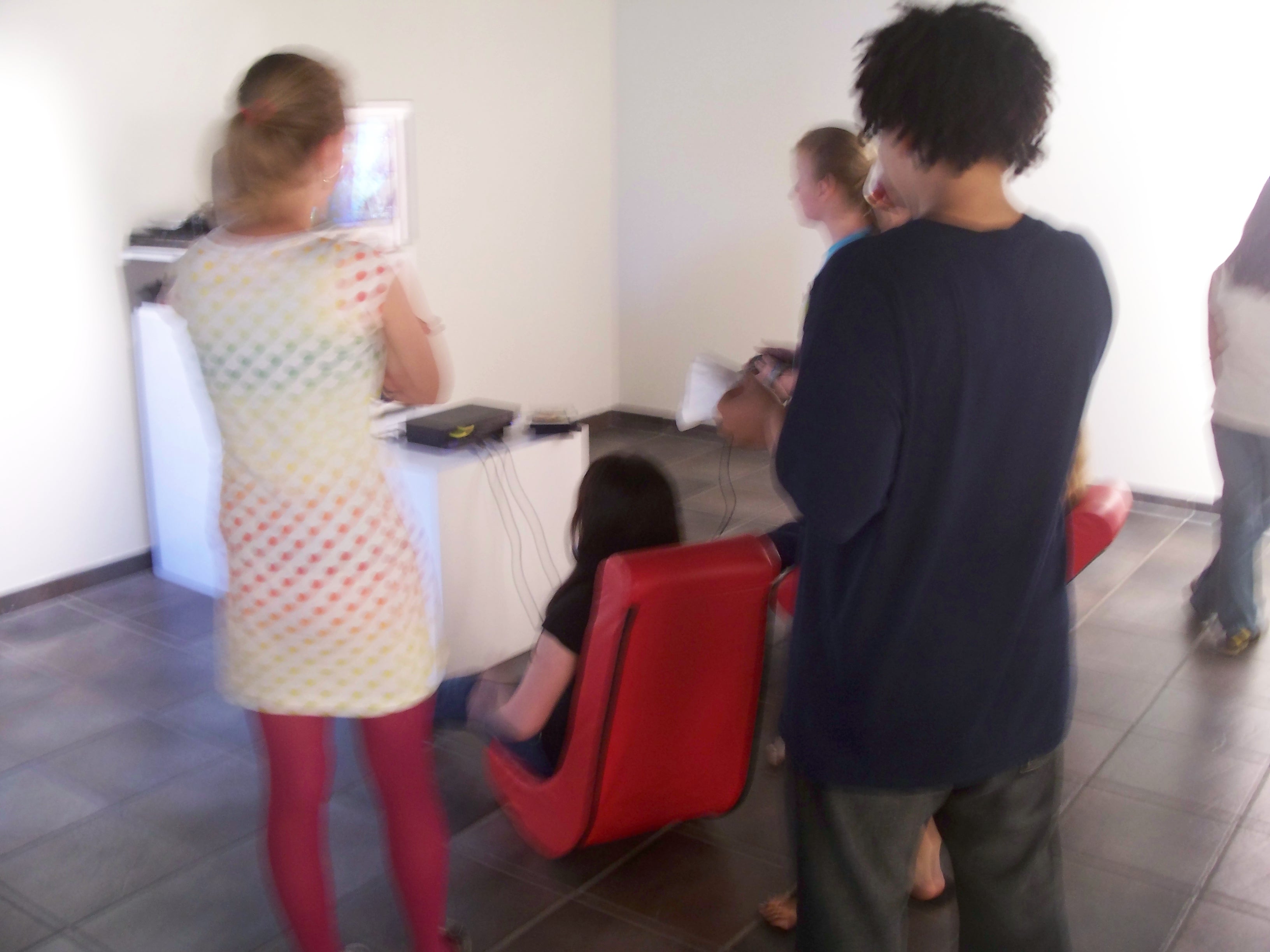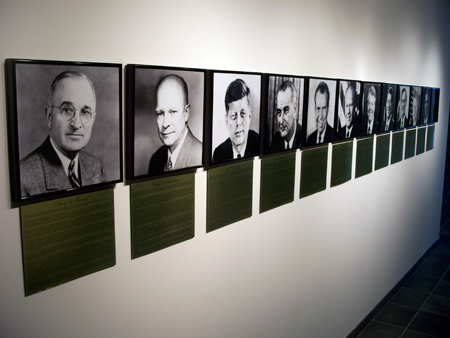
E pluribus unum
2004 – 2008
online version
“If the Nuremberg laws were applied, then every post-war American president would have been hanged.” – Noam Chomsky
“In 1971, Telford Taylor, the chief US prosecutor at the post-World War II Nuremberg Tribunal, cited the ‘Yamashita’ case as grounds for indicting (General) Westmoreland. Following the war, a US Army Commission had sentenced Japanese General Tomayuki Yamashita to be hung for atrocities committed by his troops in the Philippines. The Commission held that as the senior commander, Yamashita was responsible for not stopping the atrocities. The same ruling could of course apply to General Powell and General Schwarzkopf. Yamashita, in his defense, presented considerable evidence that he had lacked the communications to adequately control his troops; yet he was still hung. Taylor pointed out that with helicopters and modern communications, Westmoreland and his commanders didn’t have this problem.” – Rogue State: A Guide to the World’s Only Superpower by William Blum, Common Courage Press, 2000.
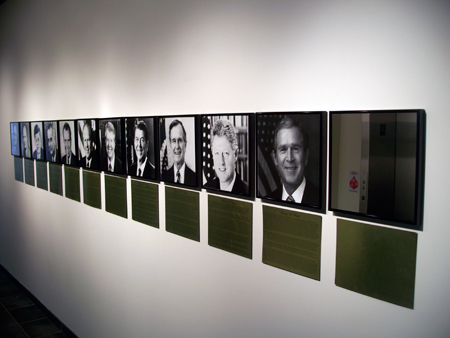
The installation consists of reproductions of post-WWII presidential photographic portraits accompanied by faux engraved plaques listing, in abridged form, 60 years of presidential foreign policy accomplishments. Flagrant violations of international laws are par for the course. Efforts to build empire have always been marked by murder celebrated fanatically as “just and righteous,” and yet we have something that we call “International Law,” including the Charter of the United Nations, Nuremberg Principles, Geneva Conventions, Genocide convention, and many others. In the interest of law, accompanied with the facts of 60 years of US foreign policy, and while using the case of General Tomayuki Yamashita as precedence, we can speculate on how our presidents may have faired if accused of war crimes before an impartial jury.
http://www.exitart.org/site/pub/exit_archive/history/2004.html

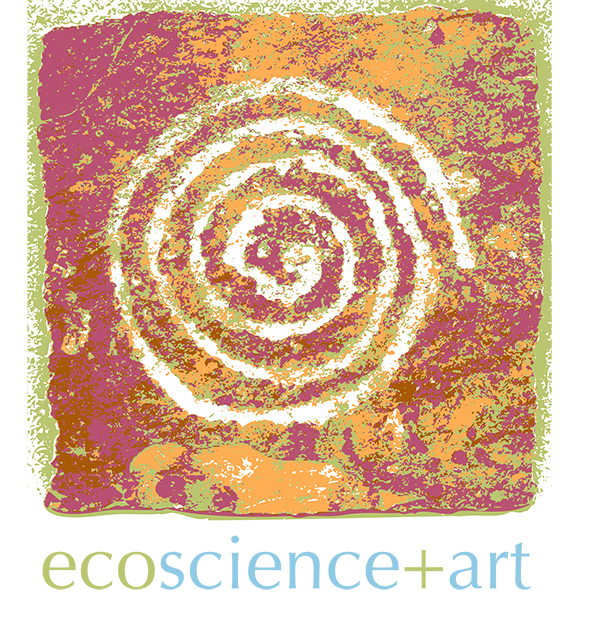
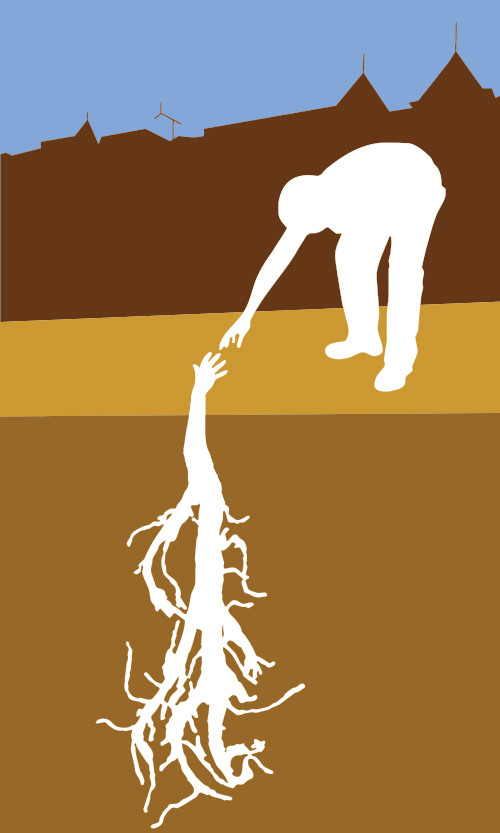
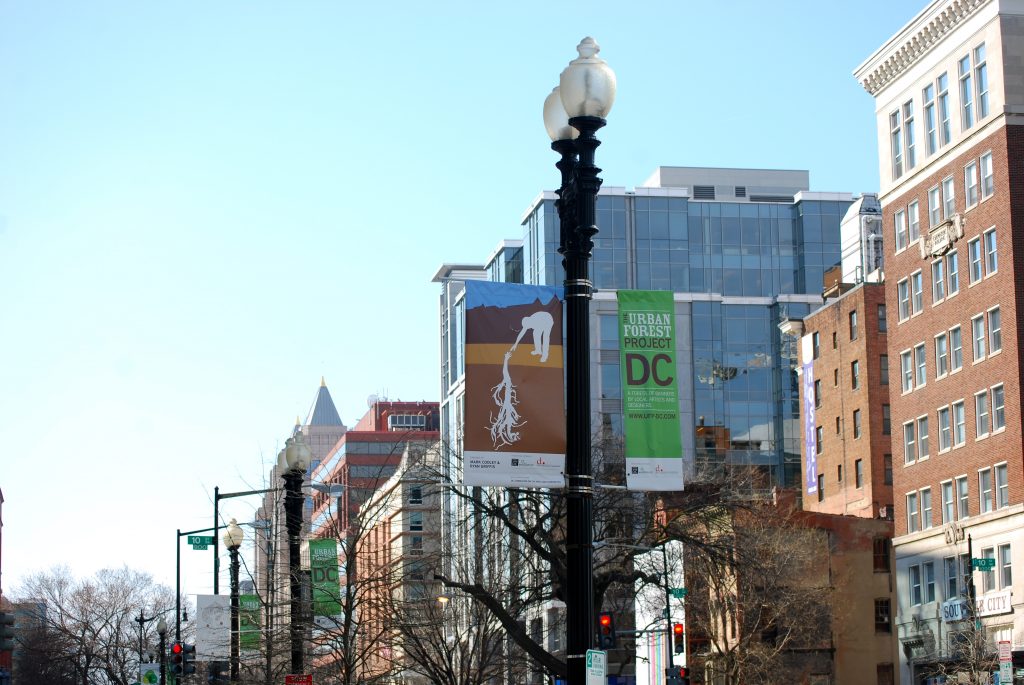
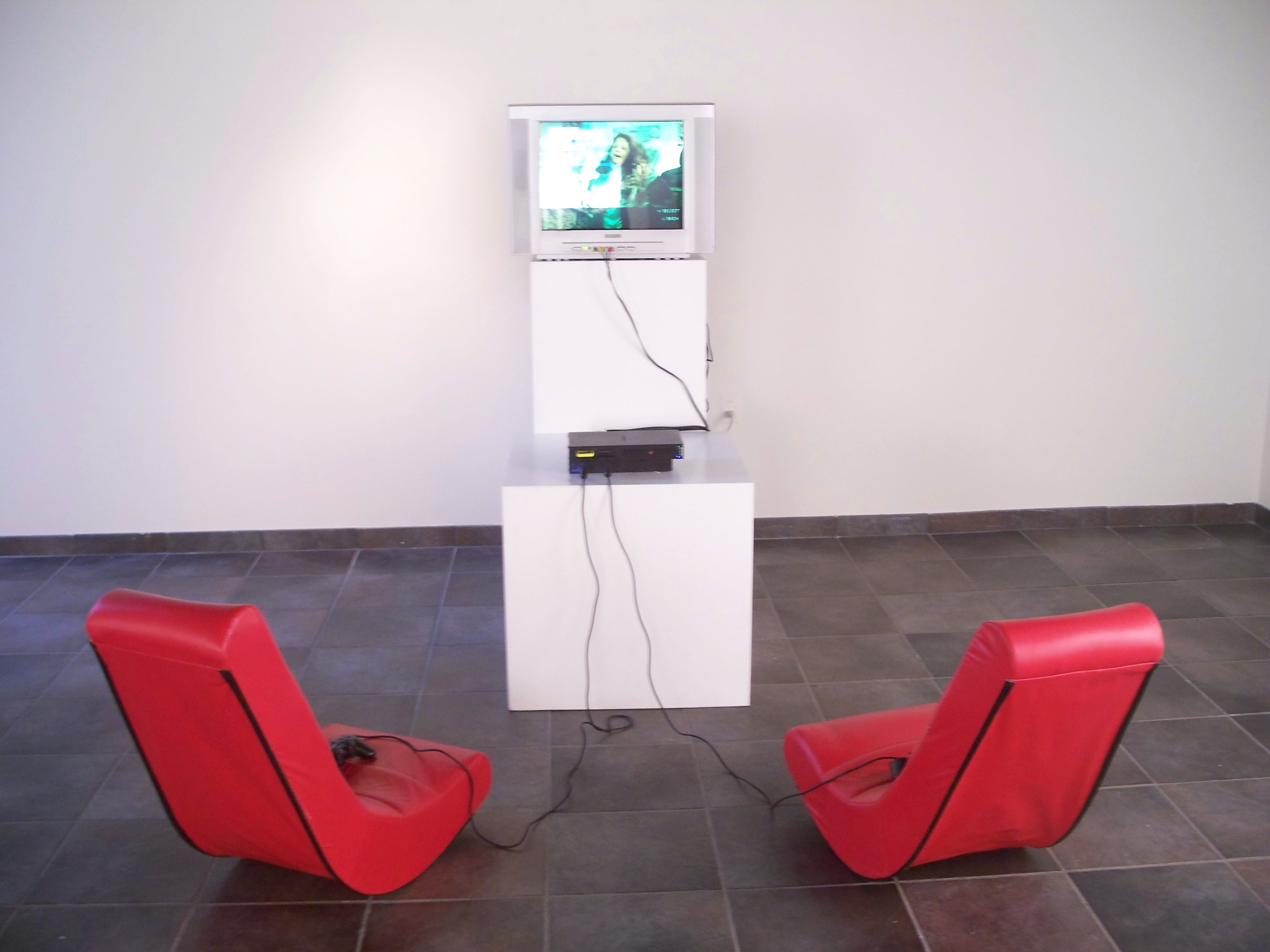 Ps4
Ps4